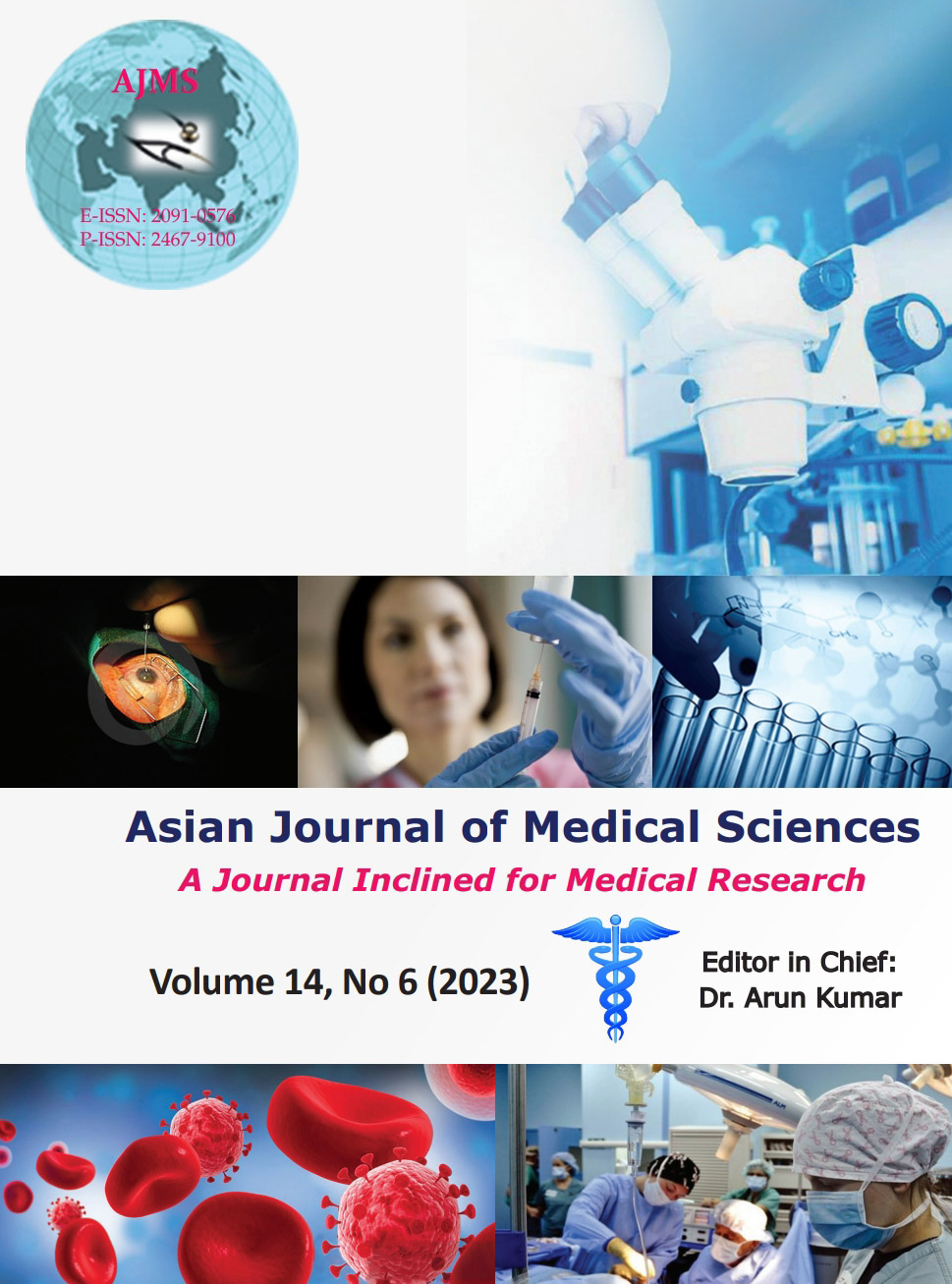Comparison of hemodynamic alterations and post-operative profile of sevoflurane and propofol during laparoscopic cholecystectomies
Keywords:
Laparoscopic cholecystectomy; Propofol; Sevoflurane; Hemodynamics; RecoveryAbstract
Background: Modern laparoscopic surgeries with insufflation of gas into peritoneal cavity are gold standard treatment for cholelithiasis. Propofol, a GABA receptor positive allosteric modulator and Sevoflurane, an inhalational anesthetic are used for maintenance of general anesthesia. In laparoscopy, significant hemodynamic changes occur. Searching in field of anesthesia is going on for anesthetic agent for better recovery.
Aims and Objectives: Objective of the study is to compare sevoflurane with propofol for intraoperative hemodynamic changes and post-operative recovery profile of patient’s undergone laparoscopic cholecystectomies under general anesthesia. Secondary objective is to compare post-operative complications.
Materials and Methods: A prospective, randomized, single-blinded, and comparative study done after permission from the institutional ethical committee and informed consent from patients. Total 84 patients of 20–50 years age of either sex were scheduled for laparoscopic cholecystectomy, divided in two equal groups – Group P, induced with propofol and anesthesia was maintained with propofol (100–120 μg/kg/min), nitrous oxide and oxygen and Group S induced with propofol and anesthesia was maintained using sevoflurane (1–2%), nitrous oxide, and oxygen.
Results: We found that time for eye opening was 9±1.21 min in Group P and 8±1.34 min in Group S. Time for following verbal command was 10±1.20 min in Group P and 9±1.32 min in Group S. Time for speaking name by patient was 11±1.20 min in Group P and 10±1.34 min in Group S. Difference between two groups regarding eye opening, following verbal command, and time to speak own name are highly significant with P<0.001 which proves that eye opening, following verbal command and time for speaking name by patient were significantly shorter in sevoflurane group. Time to achieve modified aldrete score >8 was 14±1.30 min in Group P and 13±1.37 min in Group S. Difference between two groups is also highly significant with P<0.001 which proves that time to achieve modified aldrete score>8 were significantly shorter in sevoflurane group.
Conclusion: From our study, maintenance of general anesthesia with sevoflurane is associated with faster recovery from anesthesia.
Downloads
Downloads
Published
How to Cite
Issue
Section
License
Copyright (c) 2023 Asian Journal of Medical Sciences

This work is licensed under a Creative Commons Attribution-NonCommercial 4.0 International License.
Authors who publish with this journal agree to the following terms:
- The journal holds copyright and publishes the work under a Creative Commons CC-BY-NC license that permits use, distribution and reprduction in any medium, provided the original work is properly cited and is not used for commercial purposes. The journal should be recognised as the original publisher of this work.
- Authors are able to enter into separate, additional contractual arrangements for the non-exclusive distribution of the journal's published version of the work (e.g., post it to an institutional repository or publish it in a book), with an acknowledgement of its initial publication in this journal.
- Authors are permitted and encouraged to post their work online (e.g., in institutional repositories or on their website) prior to and during the submission process, as it can lead to productive exchanges, as well as earlier and greater citation of published work (See The Effect of Open Access).




